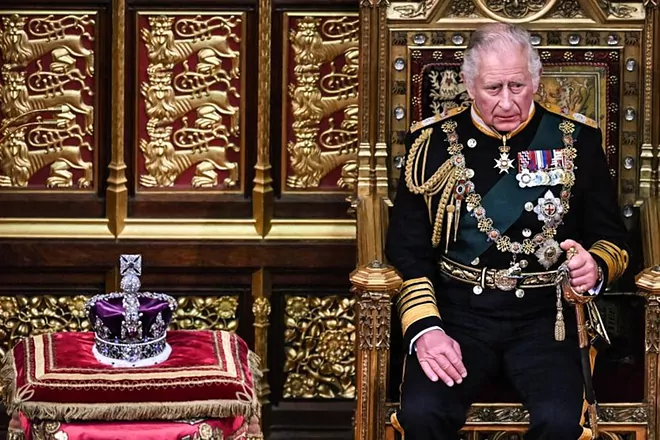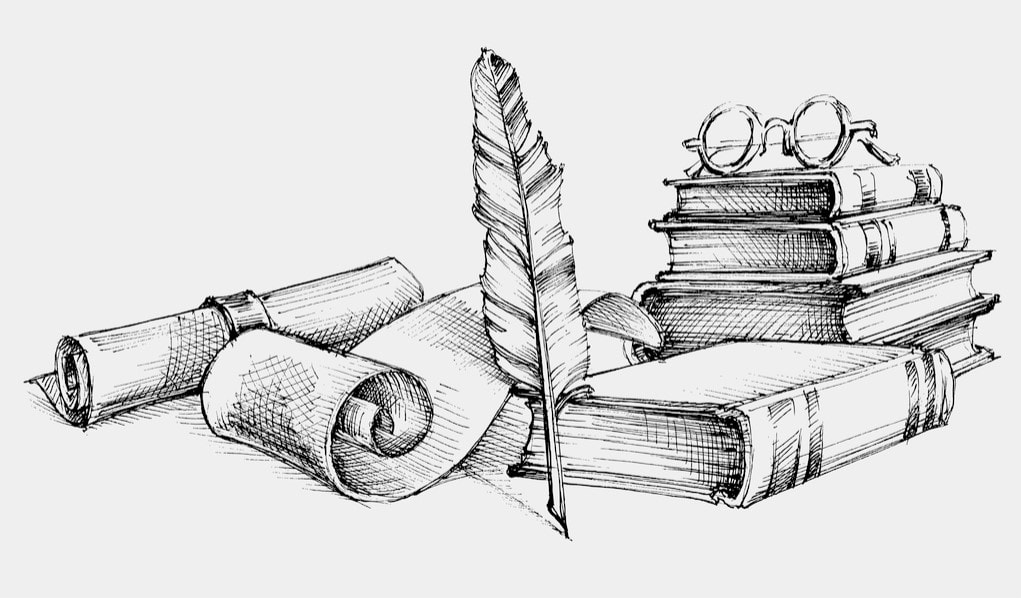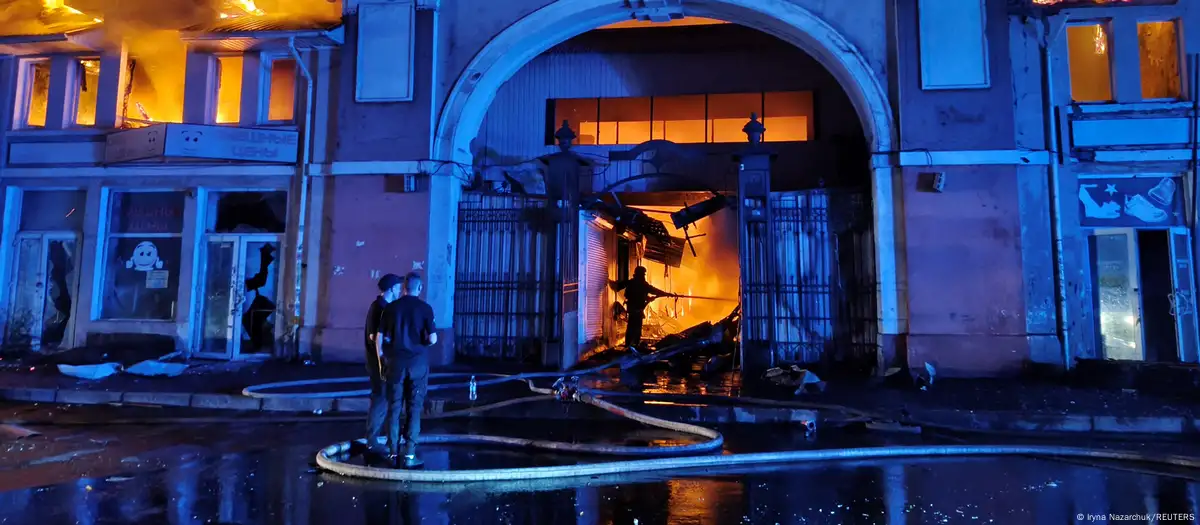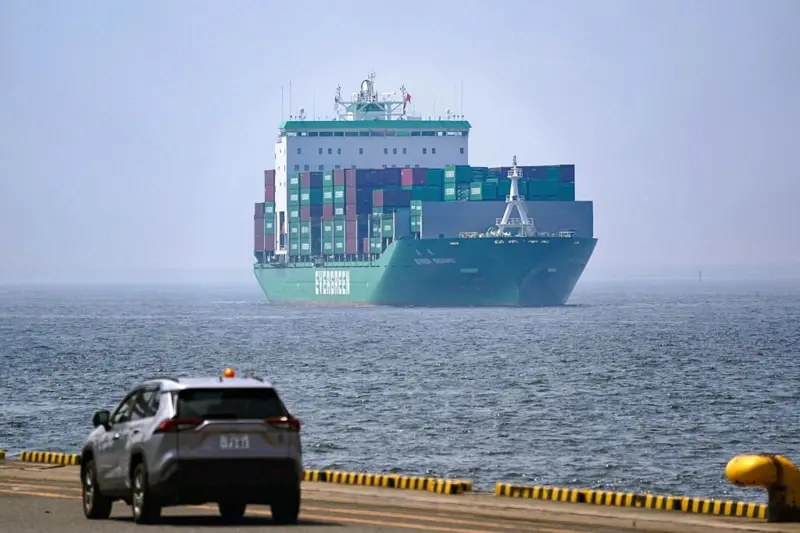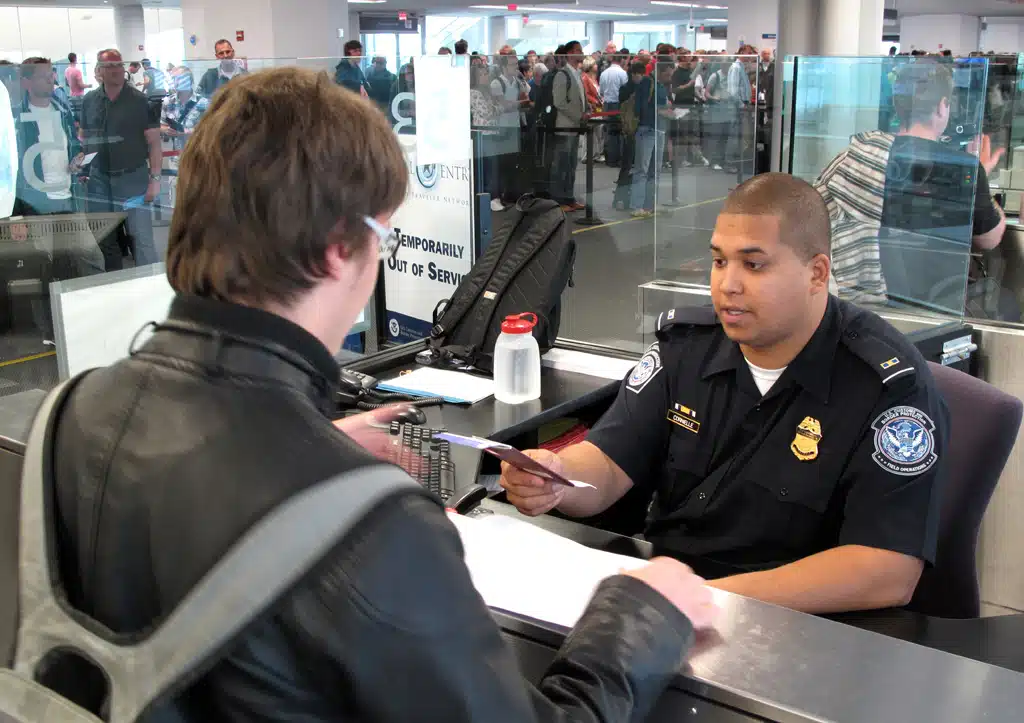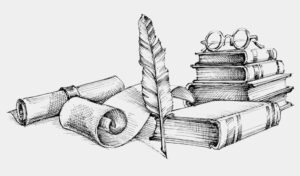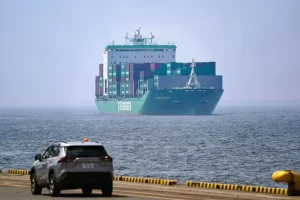In the last hour, King Charles III was publicly proclaimed as the new monarch of the United Kingdom from the balcony above Friary Court, part of St. James’s Palace.
A Second Proclamation is now being read at Royal Exchange — in the heart of the financial district of the City of London — and further proclamations will be read out across the country, in Scotland, Northern Ireland and Wales, tomorrow.
Where is this happening?
The City, also known as the Square Mile, is the financial district of London and home to Bank of England headquarters. It is «the ancient core from which the rest of London developed» and has been a center for commerce and ceremony since the Roman period, according to the City of London website.
«Today at noon a City Proclamation will be made from the steps of the Royal Exchange, proclaiming Charles III as King. The public are invited to watch the ceremony from designated viewing areas, but are urged to arrive early,» said the City of London in a tweet on Saturday.
27 min ago
Here’s what to know about Camilla, the Queen Consort
From CNN’s Max Foster
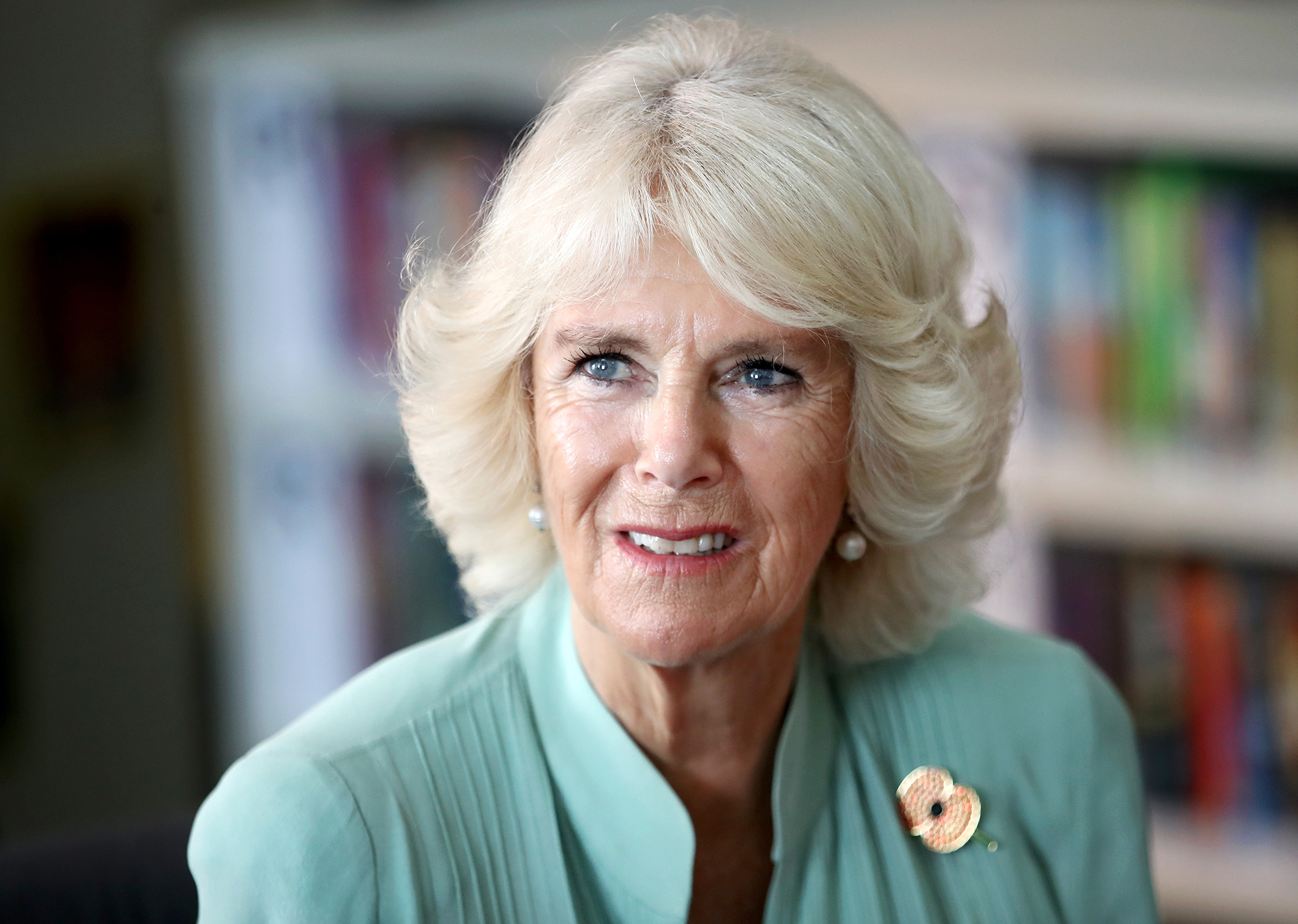
With her husband’s accession to the throne following the death of Queen Elizabeth II on Thursday, Camilla has become Queen Consort and will take on a new and more prominent role alongside King Charles III.
Just over 25 years after the death of Charles’ first wife, Diana, Princess of Wales, Camilla remains a divisive figure in Britain.
Here’s what you should know:
Born Camilla Shand in July 1947, she reportedly met Prince Charles at a polo match in Windsor in 1970 and they became friends.
The following year Charles joined the Royal Navy and, while he was away, Camilla married cavalry officer Andrew Parker Bowles. The couple had two children during the 1970s.
Charles married Lady Diana Spencer in 1981, but he admitted in 1994 that he had been having an extramarital affair with Camilla.
Camilla divorced from Andrew Parker Bowles in 1995. Charles and Diana divorced the following year and Camilla all but vanished from public life as public and media support swung behind the princess. The pro-Diana, anti-Camilla sentiment was compounded by the outpouring of sympathy for Diana after she was killed in a high-speed car crash in Paris in 1997.
In 1999, Clarence House embarked on a program to reintroduce Camilla to the public with a carefully orchestrated first appearance with Charles outside the Ritz Hotel in London. She moved into Clarence House to be with Charles and her name started appearing on official paperwork.
Their story reached its climax in 2005, when they were wed in Windsor, with the Queen’s consent. Camilla, now known as Her Royal Highness the Duchess of Cornwall, was confirmed as Charles’ official consort and future queen of the United Kingdom.
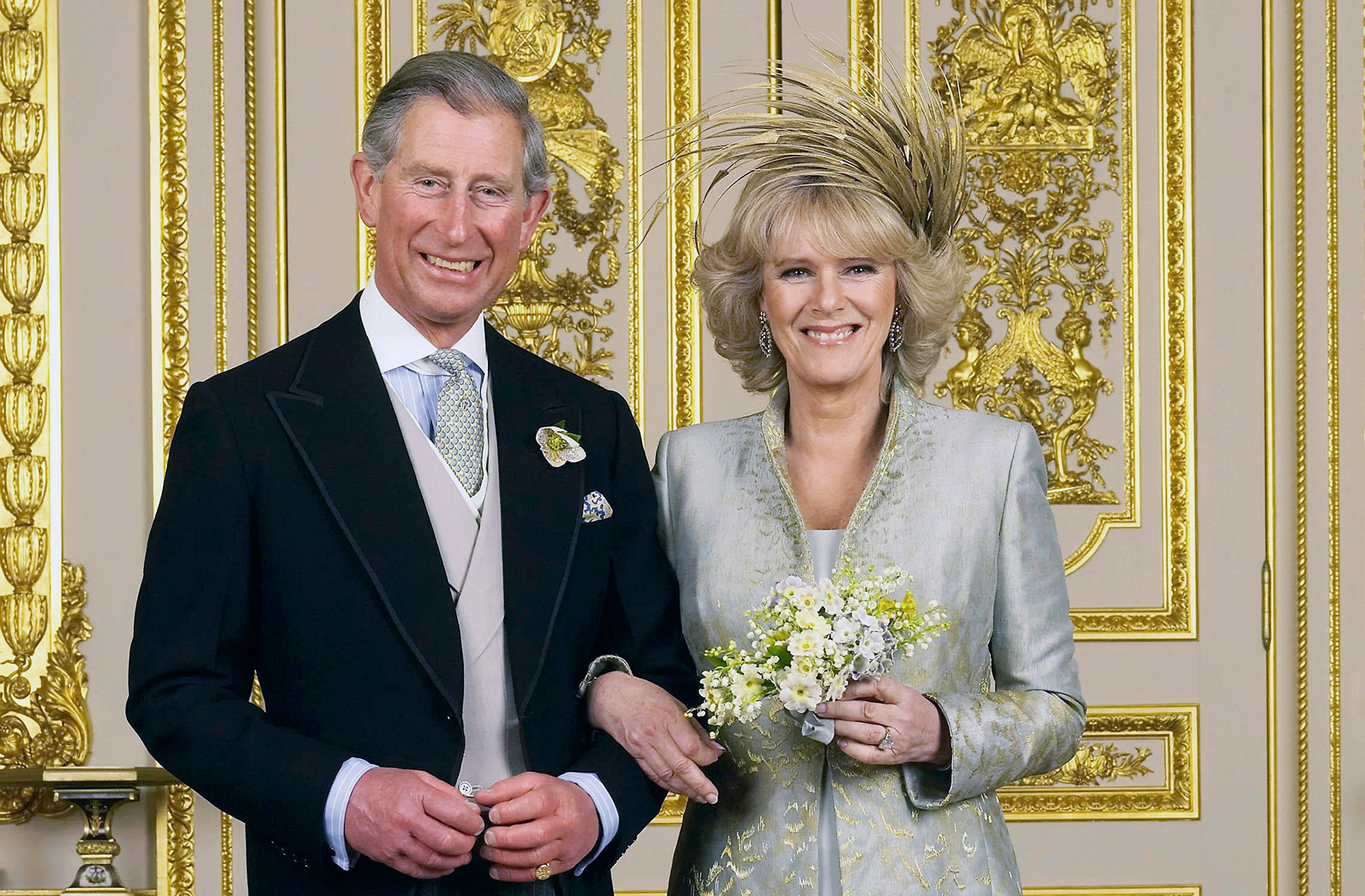
The duchess threw herself into life as a senior royal, supporting Charles on official engagements in the UK and on overseas tours, despite her deep fear of flying. She quickly became an asset for the royal family and British government with her common touch and ability to dissipate the tension in a room.
The moment her husband became king, Camilla automatically became queen. However, it had long been thought that she wouldn’t use the title, Clarence House having issued a statement in 2005 saying that she would instead be known as «Princess Consort.» Some in the palace at the time felt the public wasn’t ready for Camilla to take a title that had been destined for Diana.
But over the years, attitudes towards Camilla have softened. In 2015, a CNN poll found that one in four Britons had grown to like her more and fewer people opposed her becoming known as queen.
Then, in February 2022, the Queen used the landmark milestone of her Platinum Jubilee to give her blessing for the Duchess of Cornwall to be known as queen when the time came. It was a hugely significant intervention from the monarch, the only person who can define royal titles.
Fuente: CNN, EEUU.
